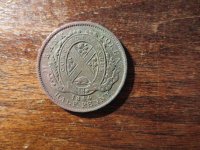Hi Guys
I have understud that the accuracy of the SBP data comes directly from GPS. So that with standard L1 GPS the accuracy is about 45 feet.
Should i inteprete this so that with standard GPS pixel size is 45 by 45 by units vertical resolution?
Not any kind of software would help if the raw data is so crappy from the first place.
It's worse than NASA: s data from the surface of Pluto!!
Correct me if i am wrong please.
Salud
Finn
I have understud that the accuracy of the SBP data comes directly from GPS. So that with standard L1 GPS the accuracy is about 45 feet.
Should i inteprete this so that with standard GPS pixel size is 45 by 45 by units vertical resolution?
Not any kind of software would help if the raw data is so crappy from the first place.
It's worse than NASA: s data from the surface of Pluto!!
Correct me if i am wrong please.
Salud
Finn






